A distant watery world may reveal unexpected secrets.
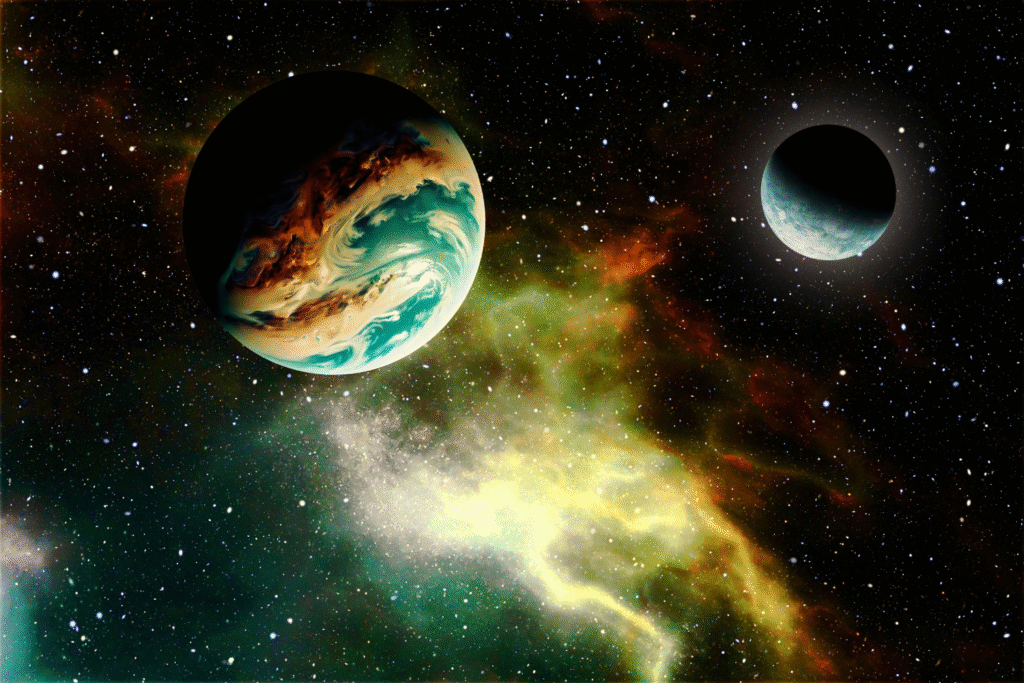
The discovery of a planet that appears to host both water and a hydrogen-rich atmosphere has stirred fresh hope in the search for life beyond Earth. The exoplanet K2-18 b sits about 124 light-years away, and recent data from the James Webb Space Telescope (JWST) suggest it may be more than just another distant world. Researchers have identified molecules with links to life on Earth, and the planet’s environment fits a class of “hycean” worlds that may harbor oceans beneath thick atmospheres. Here are ten of the most compelling developments.
1. The planet lies in its star’s habitable zone and may host water.
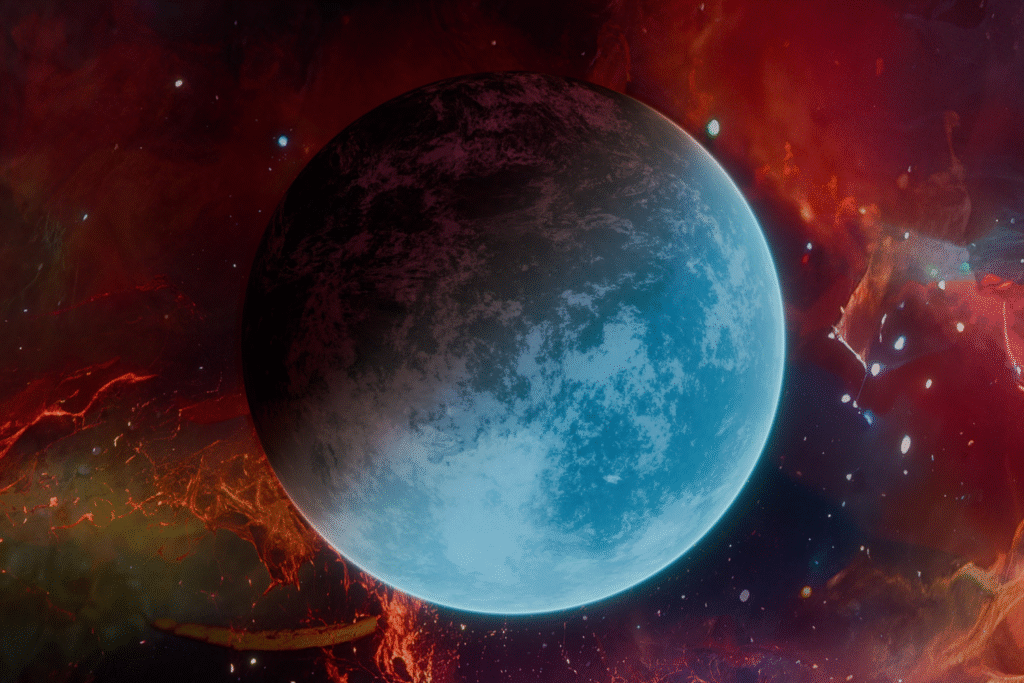
K2-18 b orbits a red dwarf star at a distance that allows moderate temperatures, placing it in the habitable zone where liquid water could exist. Recent observations by JWST revealed water vapor along with methane and carbon dioxide in its atmosphere, which strengthens the case for a watery environment, as reported by NASA in September 2023. This combination opens the possibility that the planet isn’t just an icy wasteland but could harbor a liquid ocean beneath a gaseous envelope. The presence of water remains the most critical ingredient when evaluating potential habitability across the cosmos.
2. Atmospheric chemistry shows possible biosignature gases on board.
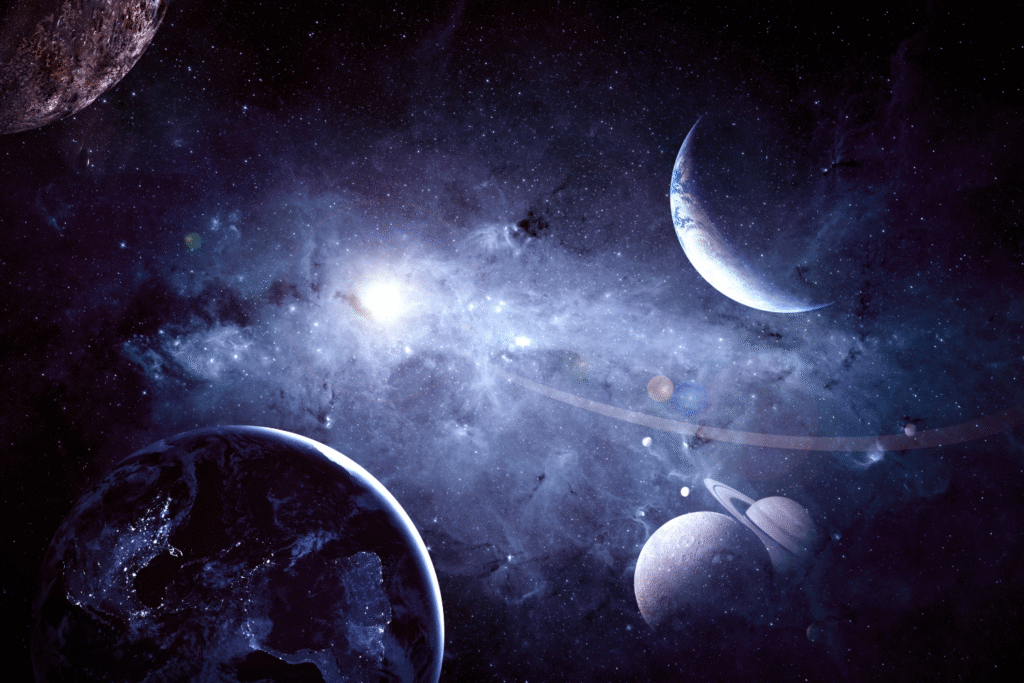
Data from JWST indicate the presence of dimethyl sulfide (DMS) in K2-18 b’s atmosphere—on Earth, this molecule is mostly produced by marine microorganisms, according to the University of Cambridge research team that led the discovery. Because DMS rarely forms without biological processes, its potential detection has created major interest, though scientists stress caution since non-biological reactions could also produce it. The research team emphasized that further data are needed to confirm whether the spectral signal is truly DMS, leaving the door open but not yet declaring life beyond Earth.
3. The “hycean” world model fits this planet’s profile.
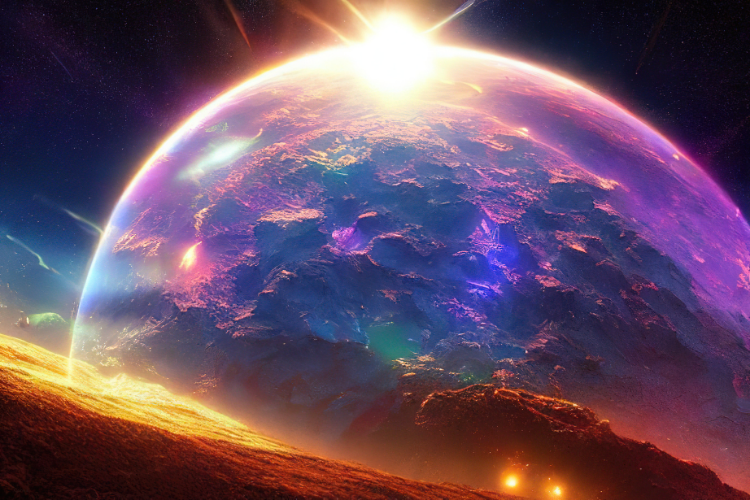
K2-18 b fits the theoretical class of “hycean” worlds—planets with global oceans under hydrogen-rich atmospheres—because its size, mass, and composition align closely with that model, as described in Nature Astronomy by Cambridge researchers. The hycean concept expands the definition of habitability, proposing that life could exist in ocean layers below thick, hydrogen-dominated skies. That means if microbes exist there, they may thrive deep underwater, protected from stellar radiation. It’s a model that redefines what “Earth-like” could mean in the search for life.
4. Deep ocean hypotheses raise new possibilities for habitability.
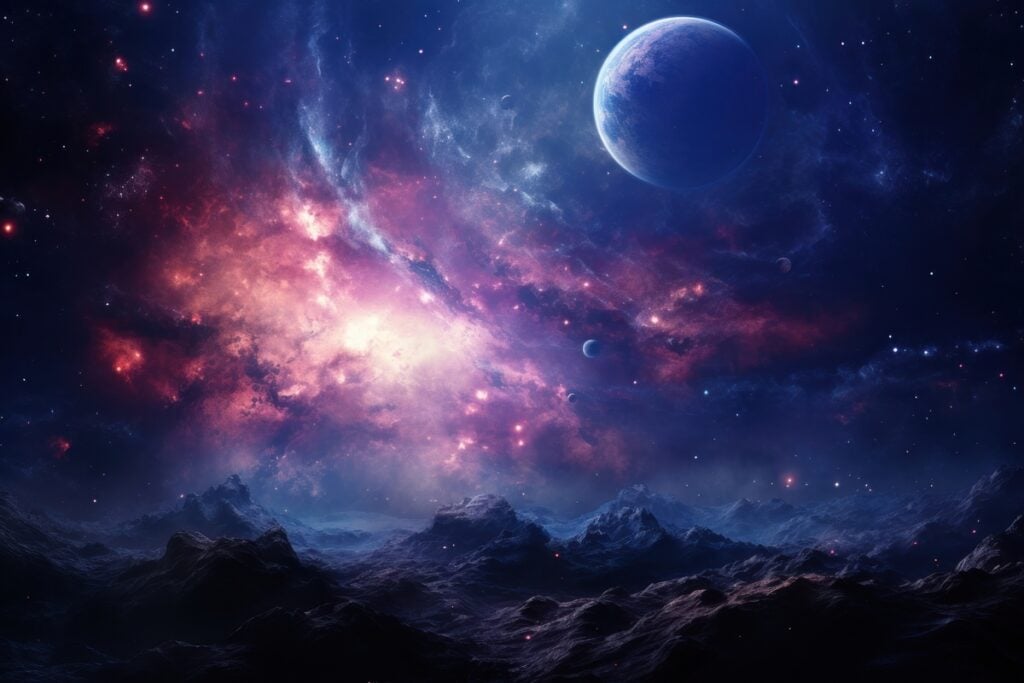
If K2-18 b truly hides a global ocean beneath its atmosphere, life may exist without continents or sunlight-based ecosystems. In that submerged world, chemical energy sources—like hydrothermal vents or mineral reactions, could fuel microbial life. On Earth, similar life thrives miles below the surface, showing that sunlight isn’t required. The idea that an alien ocean might harbor its own biology changes how scientists design future missions to explore exoplanetary oceans, even ones far beyond our solar system.
5. The hydrogen-dominated atmosphere changes conventional life-search expectations.
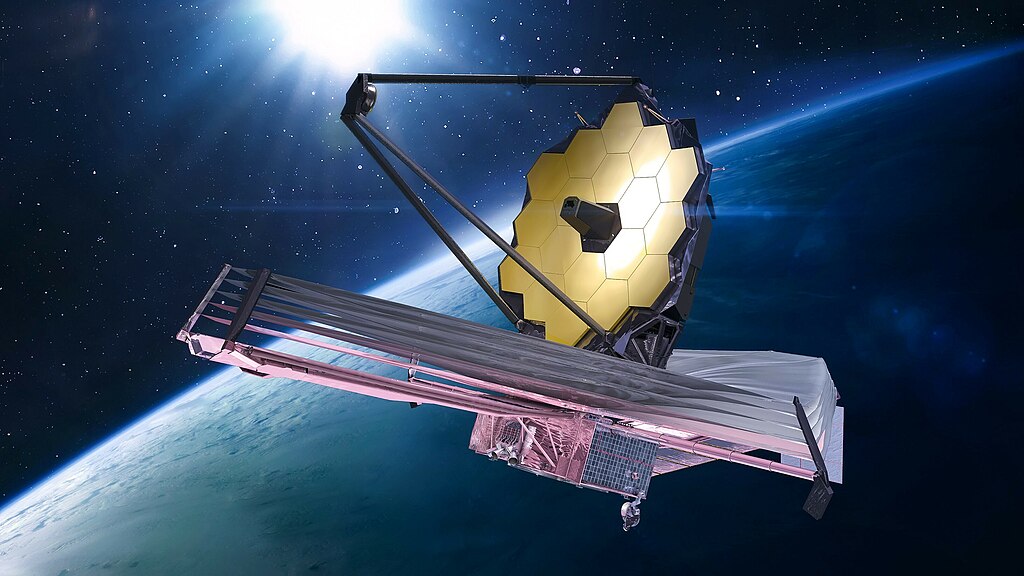
Most previous life-search missions have targeted planets with nitrogen-oxygen atmospheres like Earth’s. K2-18 b breaks that pattern with its hydrogen-rich air, which creates lower surface pressure and different chemistry. That means if life exists there, it may breathe, metabolize, and evolve in unfamiliar ways. Scientists now realize that focusing only on “Earth copies” could be limiting, since the universe may support entirely different biological systems. The lesson is simple: alien life might not look—or function—anything like us.
6. Future JWST observations will test the biosignature claims.
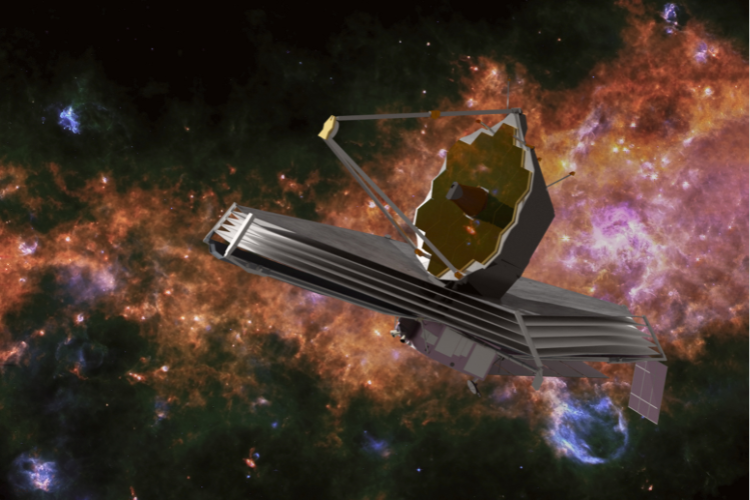
The next phase of observation will focus on confirming whether DMS or other biosignature gases truly exist in the atmosphere. JWST’s additional spectroscopic passes will help rule out chemical noise or data interference from the star. These follow-up sessions will refine the signal-to-noise ratio and assess whether what we saw was real or coincidence. The findings will either strengthen the possibility of alien life—or remind us how tricky it is to separate signal from wishful thinking in astronomy.
7. Peer review and independent verification remain essential.

Since the DMS claim, other research teams have begun reanalyzing the JWST data to test its reliability. Some suggest the spectral features could be misinterpreted methane signatures or instrumental artifacts. This is how science refines itself—claims are scrutinized until they either stand or fall. Whether K2-18 b turns out to be teeming with microbes or simply chemically complex, every new review brings us closer to the truth.
8. Finding life there would transform our view of the universe.

If the data eventually confirm even microbial life, it would show that biology is not a cosmic rarity but a repeating pattern. The discovery would expand the boundaries of astrobiology, proving that life can arise under conditions wildly different from Earth’s. It would also force humanity to reconsider its solitude in the cosmos—life, it turns out, might be the rule, not the exception.
9. Technology now allows us to read atmospheres light-years away.
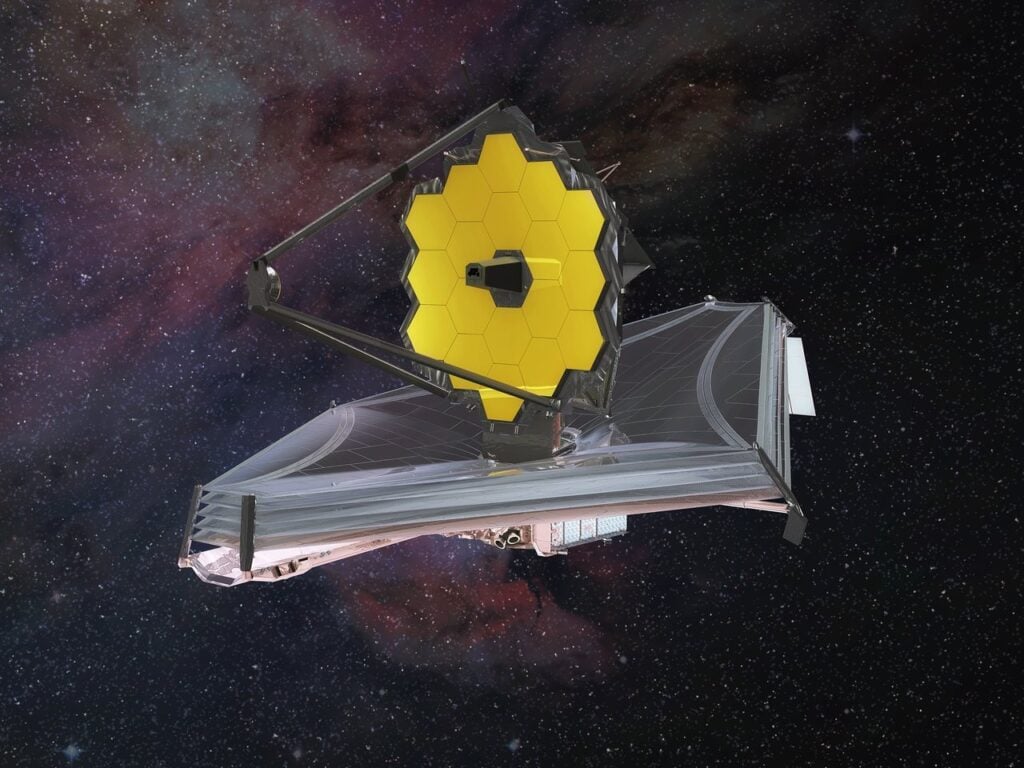
JWST’s near-infrared spectrograph (NIRSpec) and mid-infrared instrument (MIRI) can detect trace molecules in atmospheres over 100 light-years distant. That technological leap means astronomers can analyze chemical fingerprints that hint at geology, weather, or even biology. Just two decades ago, identifying water vapor on another world seemed impossible. Now, entire planetary atmospheres are being cataloged with chemical precision—proof that the tools for discovery have caught up with our curiosity.
10. Scientists remain cautious, but curiosity drives them forward.

Even the most optimistic researchers insist that more evidence is needed before declaring any discovery of alien life. Many abiotic processes could mimic biosignatures, and modeling those is a key part of testing the claim. Still, every new spectrum, every re-analysis, keeps the question alive: are we seeing chemistry, or the faint breath of biology from a distant ocean? That uncertainty is exactly what makes K2-18 b the most intriguing planet discovered so far.
